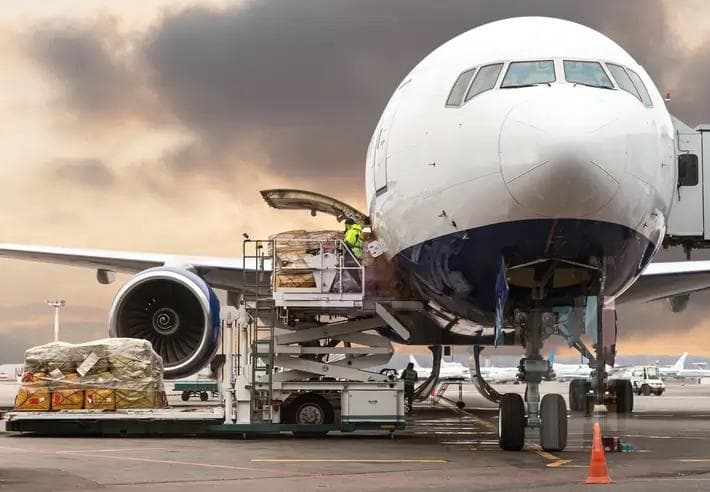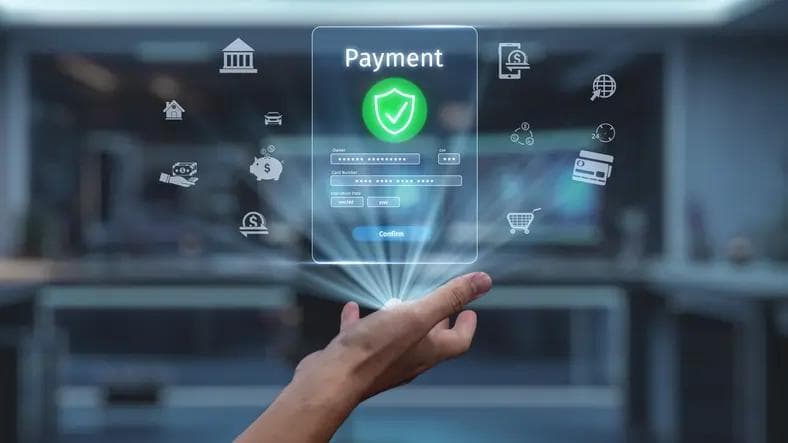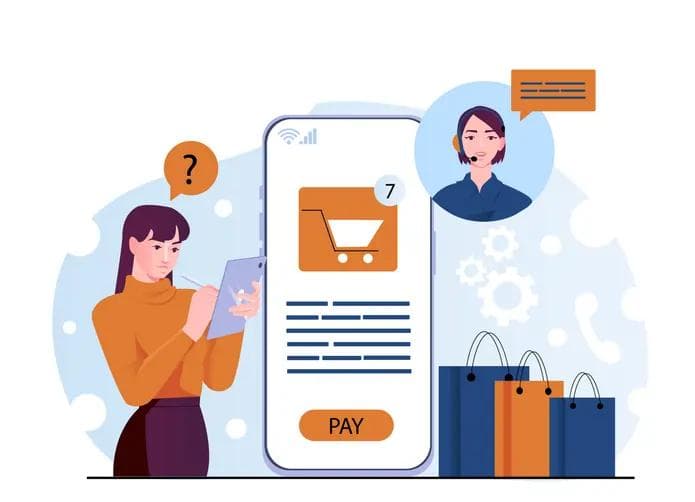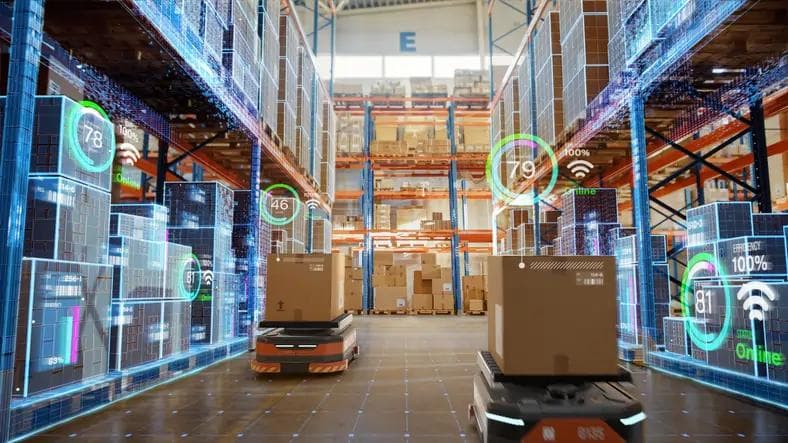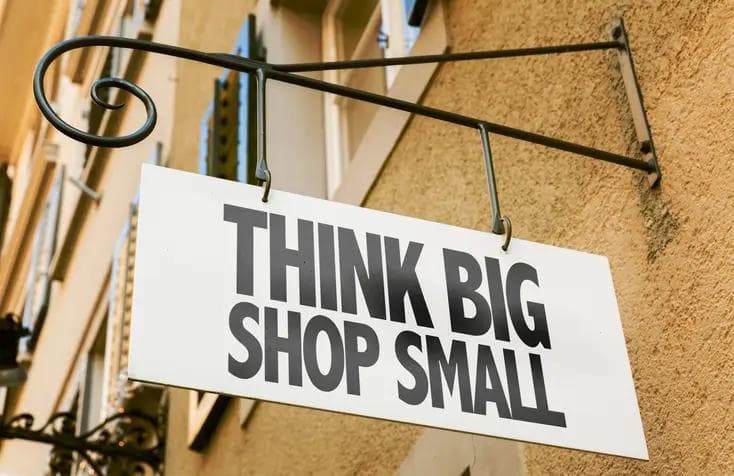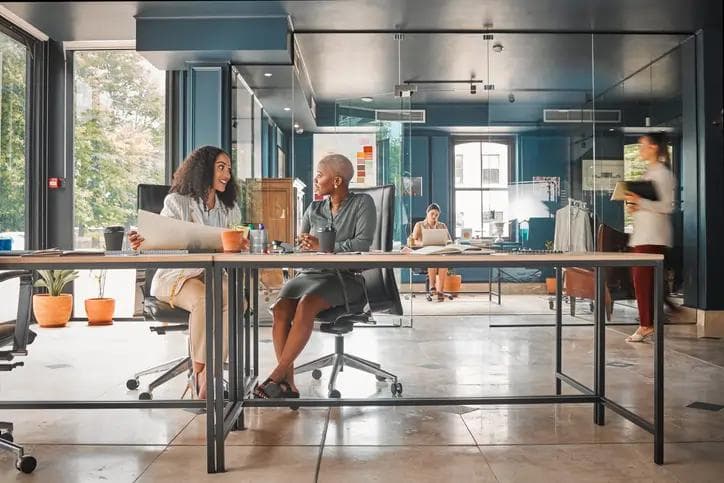By Moshe Selfin, COO and CTO, Finaro
If merchants thought that the last two years were a rollercoaster, they are going to need to buckle up and brace themselves for an even more exhilarating ride. New opportunities are set to open up for merchants willing to explore the world of multi-dimensional commerce faster than we ever thought possible.
Ecommerce adoption has all but exploded in recent months. So much so, that by the end of 2021, over 2.14 billion people globally were estimated to have purchased goods and services online – up from 1.6 billion in 2016.
Cash is the main casualty of this online surge, and now accounts for just a fifth (20%) of all in-store payments worldwide. Another fascinating reason that cash is dying is that it can’t tell merchants about what consumers want in the same way that digital payments can.
Think about that for a minute.
So, a digital only future only? Not just… yet.
Today’s consumers are so comfortable with digital payments that they’ll use anything to make their buying journey quicker and easier. Support for new payment technologies, such as biometric authenticated transactions, is at an all-time high, with 93% of consumers stating they would consider using it within the next 12 months.
It is still true to say that digital platforms form just one part of the overall commerce landscape, and merchants shouldn’t ignore the love customers still have for the physical shopping experience.
Indeed, there are a number of benefits to retaining real-world locations, like lower return rates (customers return just 5-10% of the goods they buy in person compared with 35-40% of those they purchase online). And who hasn’t succumbed to the occasional impulse purchase while browsing inside a shop? Between 30-40% of customers who click-and-collect purchase additional items when they arrive in store.
In fact, brands that open a new physical location even see their web traffic increasing by up to 37% in the next quarter.
From where I am standing, after spending several years helping grow ecommerce businesses, I believe that the merging of digital and physical payment journeys was always inevitable. Not only are both intrinsically intertwined, they are also a new source of limitless opportunity.
Multi-dimensional commerce: bridging physical and online worlds
Today’s future-facing merchant needs a business model that is not solely digital or physical, but rather, one that weaves them both seamlessly together. Simply put, if merchants could fast-forward into the future, they would be ready to greet customers arriving at their store with offers designed just for them, while enabling them to pay with their payment method of choice.
So, what needs to happen to make multi-dimensional commerce a reality today? First, you need customer data from as many physical and online touchpoints as possible. Nearly 50% of consumers regularly average four or more touchpoints when purchasing an item. With that kind of data, you can pinpoint who your customers are, what stores they frequent, what they buy and how they prefer to pay.
That’s serious information.
With data, you can not only follow your customer’s payment journey, but you can also predict their future behaviour and abilities with great accuracy. With those kinds of insights, merchants can greet their customers with intuitive promotions and offers linked to their desired items – almost as if they had read their mind. Just think of the sales possibilities.
The term to describe this trend and payment journey is Online-Merge-Offline (OMO). Contrary to what it seems like, OMO is not some far-flung futuristic concept – it’s already to happening right now. The near future will see a customer walking into a store and paying via credit card. The transaction of that payment will be linked to their online profile. When they log on to the same retailer’s digital store later, they will automatically be presented with similar or relevant items and be able to purchase in just a click or swipe. Likewise, a customer could use a mobile device in-store to browse and compare products, but then use their mobile device to purchase, either in-store or online when they get home.
Offline and online is a little like peanut butter and jelly. They are great separately, but sensational together.
I believe that OMO will become the defining trend for merchants’ business strategies. The earlier a merchant embraces it and prepares accordingly, the quicker they will gain a head-start over competitors.
How single shopper identities create seamless payment experiences
What makes OMO possible is the single shopper identity; essentially, the customer’s digital payment footprint. Each customer’s information is centrally and securely stored on a single profile. Through that profile, a merchant gets a bird’s eye view of the customer’s payment preferences, logins, devices, payment history and other data made available with the customer’s consent. This kind of information is priceless.
Tokenisation roaming as a future-enabler
All customer data is protected through unique and irreversible tokens, fraudsters and hackers are thwarted, and the merchant doesn’t have to worry about security or PCI compliance. Tokenisation roaming is revolutionising e-commerce because it’s one of the easiest ways to build a single shopper identity.
Tokenisation roaming is more than just a security safeguard. It makes the payment journey quicker and easier. The customer is instantly recognised and can make a one-click payment no matter where he is. Whether online or offline, in his native country or abroad, and even in one brand of a brands coalition, the customer enjoys a speedy, hassle-free payment experience.
For instance, if a customer uses a Social Networking platform login to make a purchase online, and an email login for their next transaction, their data is still linked through a single identity. Not only do merchants benefit from a clear 360-degree overview of their customers, but customers get a seamless payment experience in-store and online, and peace of mind that their data is secure. Win win.
Developing a robust multi-dimensional commerce strategy
The key to making multi-dimensional commerce successful is to make sure to capture the customer’s digital footprints through as many interactions as possible. Merchants can encourage customers to do this by empowering them to browse products on their mobile devices in-store, or even by providing their own mobile POS devices to in-store customers.
With the customer’s consent, aggregated browsing data can inform customers of special instore offers, and discounts and even future available online deals. Customers will respond to instant offers geared towards the items they love at the checkout, rather than generic promotional emails that are quickly forgotten about. Customers want relevant offers that make their lives easier and cheaper, not emotional grabs of items they are less likely to need.
Merchants can make multi-dimensional commerce a reality today
An exciting new world of opportunities awaits merchants willing to adapt early and tune into their customers’ own wavelengths. It’s not about relentlessly pushing products onto customers and trying to convince them to buy. It’s about using the ingenuity of today’s payment technology to give customers what they truly want, when they want it.
As advanced as today’s technology is, if there’s one thing I know about payments, it’s that they don’t have to be complex to the end user. With support from the right payment solution providers, who can provide the dynamic strengths and deep industry knowledge, merchants can effortlessly navigate their way through the next ecommerce evolution.
Ultimately, the digital payment universe is expanding, and will encompass more consumer touchpoints outside of merchant locations – including transport, travel, health, identity services and other areas. The merchant ready to harness all of these touchpoints will have an unrivalled, singular view of their customer’s footprints. That merchant will then have the ability to turn more customer journeys into more checkout conversions and grow revenues in ways they would never have thought possible just a few years ago.
You don’t need a crystal ball to see the future of payments because it’s already here. It’s time for merchants to think big, be bold, and reap the benefits of merging their offline and online worlds.
Who’d ever have thought that peanut butter would be great with jelly? Now, it seems they are inseparable.
OMO is just the same.










